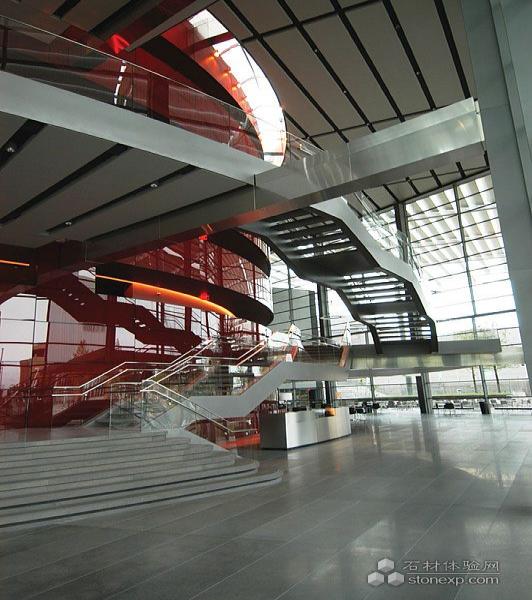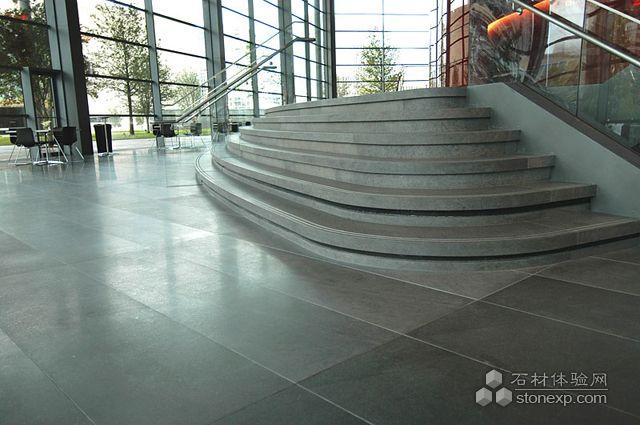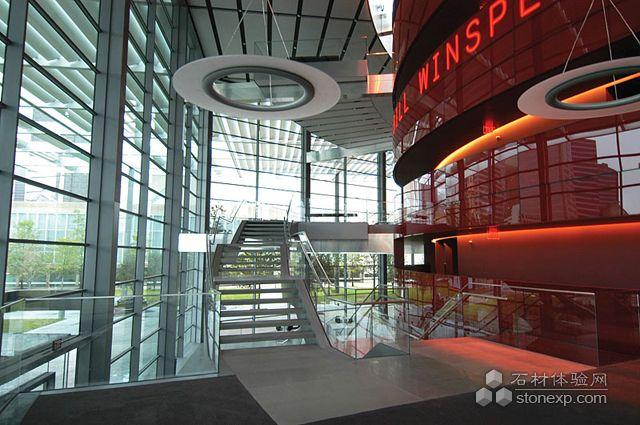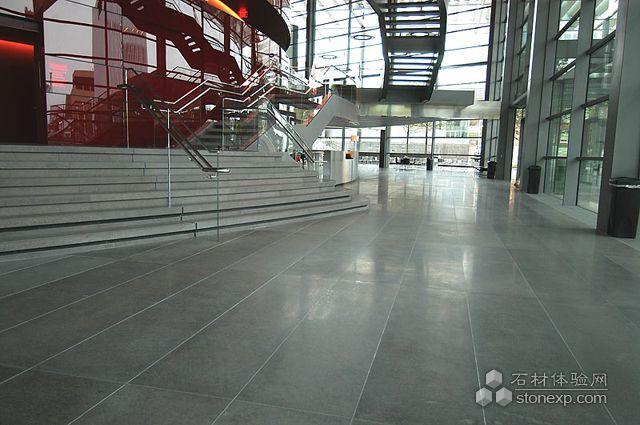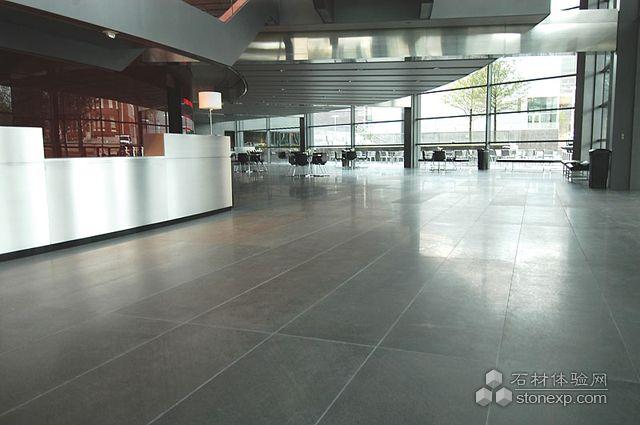A Celebration of Dallas Culture
|
When the doors of the new Margot and Bill Winspear Opera House in Dallas, TX, opened in October of last year, it marked a new era for the city’s cultural scene. One of five venues in the Dallas Arts District, the opera house is home to The Dallas Opera, Texas Ballet Theater, touring Broadway productions and numerous other performances. The facility was designed by Foster + Partners of London, England, in collaboration with Kendall Heaton Associates of Houston, TX, and it features natural stone as a key design element.
“This project is about the creation of a building that offers a truly democratic experience of opera for the 21st century,” said Sir Norman Foster, Founder and Chairman of Foster + Partners. “We wanted to create a sense of immediacy — from the moment you step into the external plaza to the opening of the curtain — and we wanted the auditorium to be expressed on the outside; the red glass drum is a symbol of performance, the glowing heart of the entire AT&T Performing Arts Center"
A key goal of the project was to “break down barriers to make opera more accessible for a wider audience.” “In some ways, the classic European opera houses can be intimidating,” explained Bjørn Polzin of Foster + Partners. “We wanted to eliminate the barrier from inside to outside and create an environment where these spaces are connected. We used clear glass and nothing that is mirrored. We wanted to invite the people of Dallas inside.”
In response to the warm Dallas climate, a solar canopy extends from the building, revealing below a fully glazed 60-foot-high lobby. Beneath the canopy, a shaded pedestrian plaza creates a major new public space for Dallas. Elements include the Annette Strauss Artists’ Square, with its outdoor performance space for an audience of 5,000, a smaller outdoor performance space with a café terrace and the main entrance to the opera house with access to the parking area below.
Use of stone Providing a strong, yet neutral platform for the performance hall’s unique design, the interior lobby flooring and stairwells are comprised of Basaltina, a charcoal-colored material from Italy. The material was quarried and processed by Basaltina srl and supplied through Stone Marketing International (SMI) of Houston, TX.
Polzin explained that the muted tones of the Basaltina work well with the bright red of the auditorium space. “The auditorium is obviously the main focus, and we wanted to highlight that, but we needed strong materials throughout,” he said In selecting the Basaltina, members of the project team — including contractors, architects and stone suppliers — traveled to Italy to see how the material is extracted from the ground and then processed.
“It was our first job using Basaltina,” explained Scott Peebles, Project Manager with Sigma Marble Granite and Tile of Dallas, the stone contractor for the project. “It is a hard stone, but it is brittle, so we had to be careful with the edges so they wouldn’t chip. There were some concerns about using a porous stone in places where people would be eating and drinking, but Stone Marketing International had it tested by independent laboratories, and we went with it. We loved it right from the beginning.”
The pieces for the floor measure 21.5 x 84 inches in size, and they were installed using a dry-set method, with a cleavage membrane and wire mesh. For an added level of protection, the stone flooring was treated with a sealer. |
